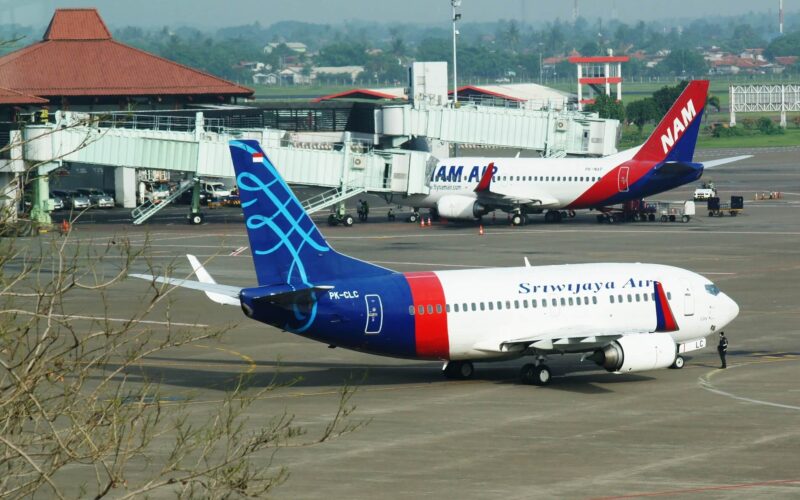In a hearing with the Parliament, the Indonesian National Transportation Safety Committee (NTSC) presented several early findings in the investigation of the crash of the Sriwijaya Air Flight SJ182.
No disintegration
The initial analysis of the debris found on the seabed indicated that the Sriwijaya Air SJ182 Boeing 737 was intact when it hit the water. “The area of distribution found from the front to the rear is consistent with the evidence that the plane did not experience an explosion before hitting the water, so some say that the plane disintegrated mid-air is not true,” Chairman of the NTSC Soerjanto Tjahjono said. “The plane was intact until it hit the water, nothing broke in the air.” Additionally, Soerjanto reported that both engines were still running as the aircraft hit the Java Sea.
Although the plane took off during a moderate thunderstorm, the Meteorology, Climatology and Geophysics Agency (BMKG) chief Dwikorita Karnawati explained that no lightning strike was recorded at the time of the accident.
What happened?
On January 9, 2021, the Boeing 737, registered PK-CLC, took off from Jakarta Soekarno Hatta International Airport (CGK) to carry out flight SJ182 to Pontianak Supadio Airport (PNK), Indonesia on January 9, 2021. The aircraft was carrying 62 people, including two pilots, four flight attendants, 50 passengers, and six crew members traveling as passengers.
Approximately five minutes after takeoff, as it was flying over the Java Sea near Laki Island, the aircraft lost altitude and plunged 10,000 feet in less than a minute. The flight crew did not declare an emergency and did not report any technical problems before the Boeing 737 disappeared from radars. Initial findings showed that a malfunctioning automatic throttle could have had an impact on the loss of control of the aircraft.

